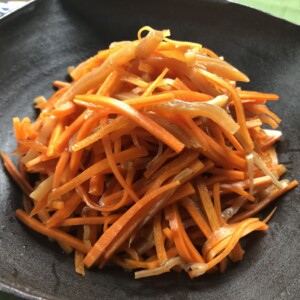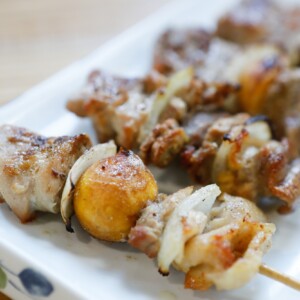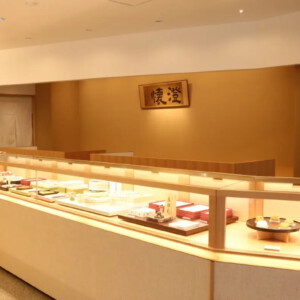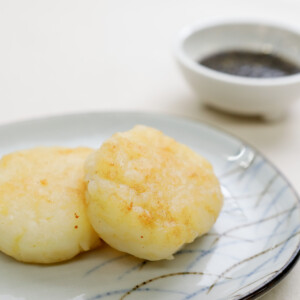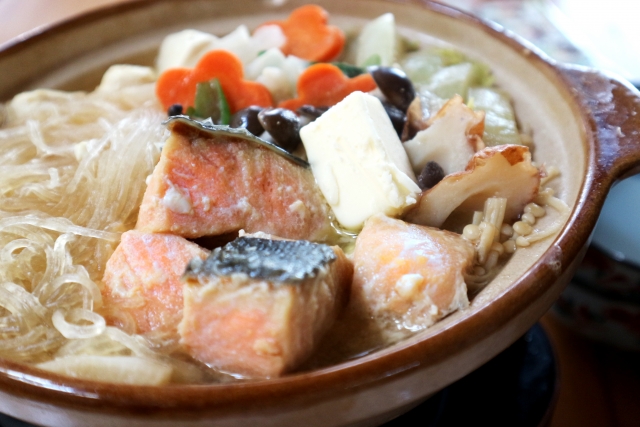
Ishikari nabe, a local dish from the Ishikari region of Hokkaido
Ishikari nabe is a traditional local dish from the Ishikari region of Hokkaido, where the harsh cold weather is a common occurrence. This dish was born from the wisdom of fishermen in Ishikari Town, located at the mouth of the Ishikari River, which echoes its name. In this region, where salmon fishing has flourished, the tradition of fishing has continued since the Edo period, and the culture of tasting fresh salmon to celebrate a big catch is deeply rooted.
Historical and Cultural Background
Ishikari nabe originated in Ishikari Town, located at the mouth of the Ishikari River, famous for its salmon. The town has been active in salmon fishing since the Edo period (1603-1868), when fishermen stewed freshly caught salmon in miso (soybean paste), giving birth to this dish.
In the 1950s, when Ishikari’s salmon seine fishing attracted attention and attracted many tourists, the unique taste of this region spread throughout the country. Ishikari nabe, served to tourists, was so well received that it came to be recognized as one of Hokkaido’s representative local dishes.
Main Ingredients and Food Customs
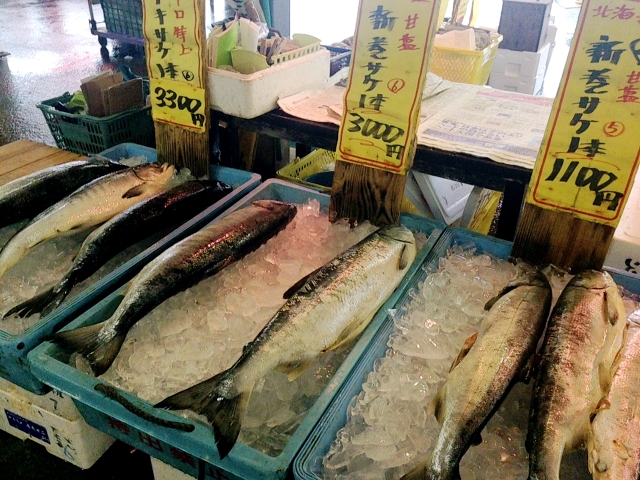
The main ingredients of Ishikari nabe are salmon, cabbage, radish, and miso. The salmon is chopped and stewed with vegetables in a kombu broth. This nabe dish is a perfect way to warm up during the cold winter months and is widely enjoyed at home. In particular, the collagen contained in the skin of the salmon is considered good for beauty, and is especially useful in today’s health-conscious society.
Positioning as Local Culture
Ishikari nabe is closely connected with local culture and tourism. In 2007, the “Ishikari Nabe Revival Project” was launched, and local restaurants are trying to revitalize the community by offering Ishikari nabe. In addition, September 15 is designated as Ishikari Nabe Day by the “Aki Aji no Kai,” and many people enjoy this dish on this day, which coincides with the season when salmon are in season, as a way of saying “let’s go eat.
Efforts to Inherit the Tradition
Today, the appeal of Ishikari nabe is spreading through SNS and commercialization. Ishikari City is actively working to make this traditional dish known to as many people as possible. Ishikari nabe culture is being passed on to new generations in various ways, including cooking classes and demonstrations at events.
Conclusion
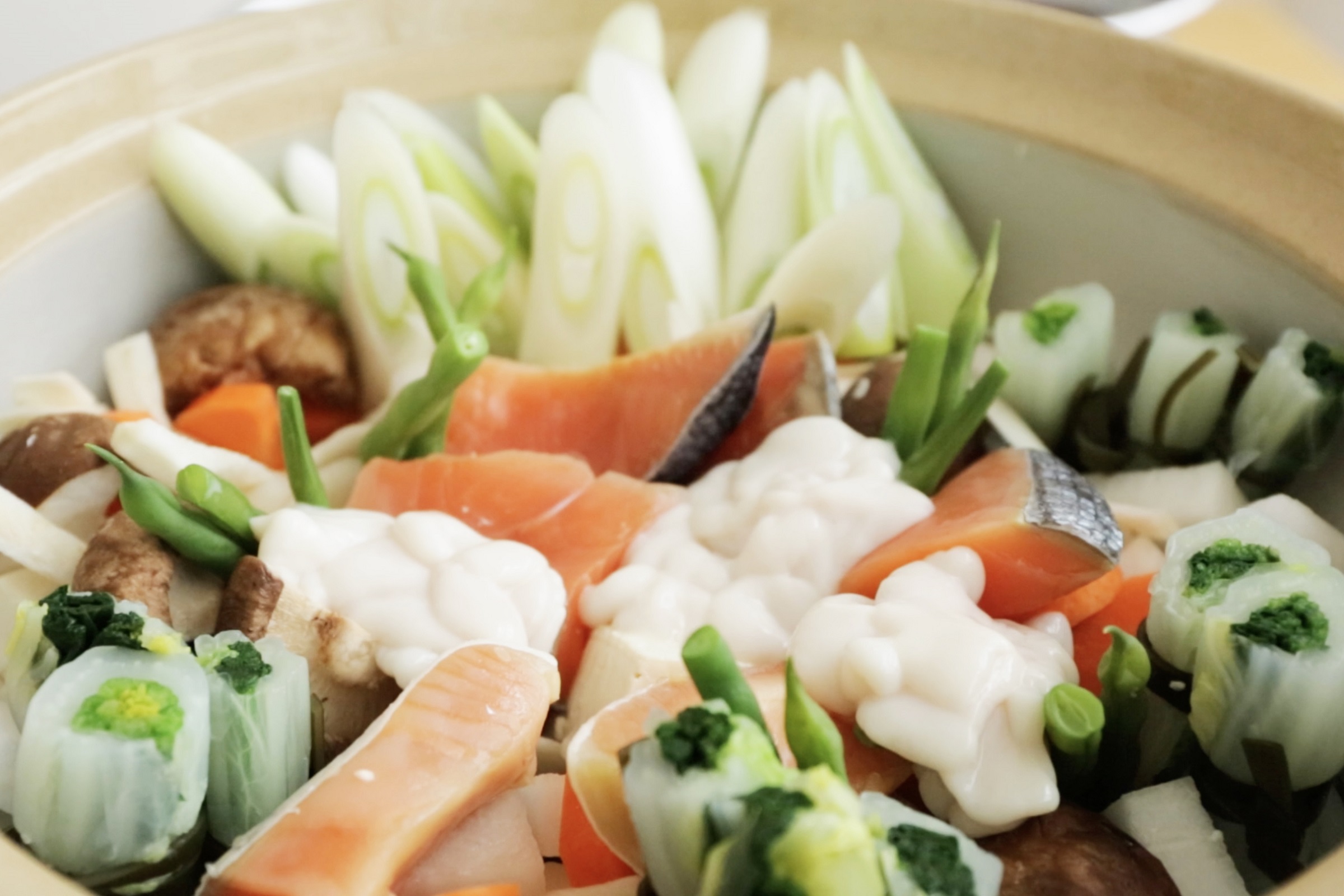
Ishikari nabe is a representative local cuisine of Hokkaido, nurtured in its historical background and local culture. Its simple yet deep flavor, centered on salmon and miso, is loved by many people. We hope that this traditional dish will continue to be enjoyed by many people and further develop as part of the local culture.
Reference: Ishikari nabe Hokkaido | Our Local Cuisine: Ministry of Agriculture, Forestry and Fisheries




